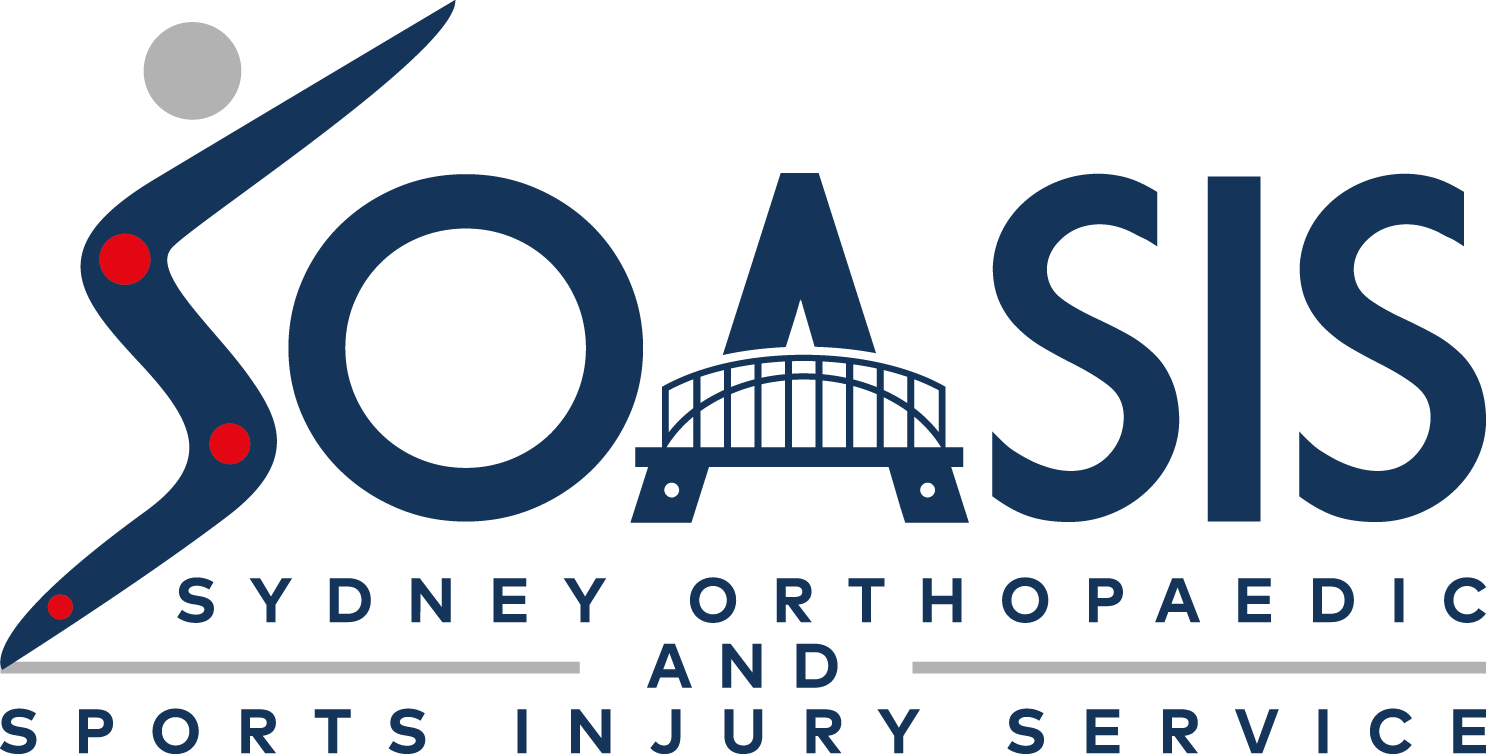Cerebral Palsy Surgery
Surgery for patients with Cerebral Palsy (CP) may be an option when non-surgical treatments such as Botox injections, muscle stretching and splinting of joints is no longer possible or tolerated by the patient. The type of surgery is individually tailored to the functional goals for each patient and may be guided by their Gross Motor Function Classification System (GMFCS). Surgery may be indicated in patients who are able to walk (GMFCS 1, 2, 3) to help improve their gait or functional ability. In patients who are unable to walk (GMFCS 4, 5), surgery may still be recommended to correct or prevent painful deformities (commonly gradual subluxation or dislocation of the hip joints).
Surgery can include:
Muscle/tendon lengthening
This involves releasing shortened (contracted) muscles that are limiting movements and causing stiffness of the hip, knee or ankle joints. After the surgery, a removable splint or plaster cast will be used for the recovery period to hold the muscles in a lengthened position to prevent recurrence. Rehabilitation with physiotherapy will be needed in ambulant patients to help them strengthen their muscles and optimise their function, after the period of immobilisation.
Muscle/tendon transfer
Imbalances in muscle strengths may cause stronger muscles to overpower a joint, leading to a deformity. Surgery in these instances can include transferring a strong muscle to another location to correct joint deformities whist maintaining joint mobility. After the surgery, a plaster cast or removable splint will be used for the recovery period to hold the transferred muscles while they heal in their new position. Rehabilitation with physiotherapy will be needed to help patients strengthen their muscles and optimise their function, after the period of immobilisation.
Joint fusions
Fixed deformities with no other treatment options may require joint fusion procedures to take away pain from these joints, or correct the deformity which otherwise often contributes to skin problems from prominences, or difficulty walking due to joint instability. After the surgery, a plaster cast or removable splint may be required for the recovery period to hold the fused joints while they heal. Rehabilitation with physiotherapy will be needed to help patients strengthen their muscles and optimise their function, after the period of immobilisation.
Bone osteotomies
Muscle forces and subsequent deformities in patients with CP can lead to deformities in the development of their bones and joints. These patients may require surgery to re-align their bones closer to an anatomic position, to correct or prevent joint deformities. After the surgery, a removable splint or plaster cast will be used for the recovery period to support the surgical fixation during the bone healing phase. Rehabilitation with physiotherapy will be needed in ambulant patients to help them strengthen their muscles and optimise their function, after the period of immobilisation.
Single Event Multi-Level Surgery (SEMLS)
This refers to a combination of the above types of surgeries to address all concurrent problems of the lower limb in children and adolescents with CP. Although all the surgery in one sitting can be a long procedure, the benefits of a single period of immobilisation and the following rehabilitation allows fewer surgeries overall and the least disruption on the child and family’s life (school, work, social lives). SEMLS procedures in walking children will involve a preoperative gait analysis and discussion with a specialised multi-disciplinary team to ensure the most accurate treatment plan for the child. Postoperative gait analysis is also arranged for 18 months post surgery to evaluate results and identify any persistent difficulties with walking that may require additional intervention.


